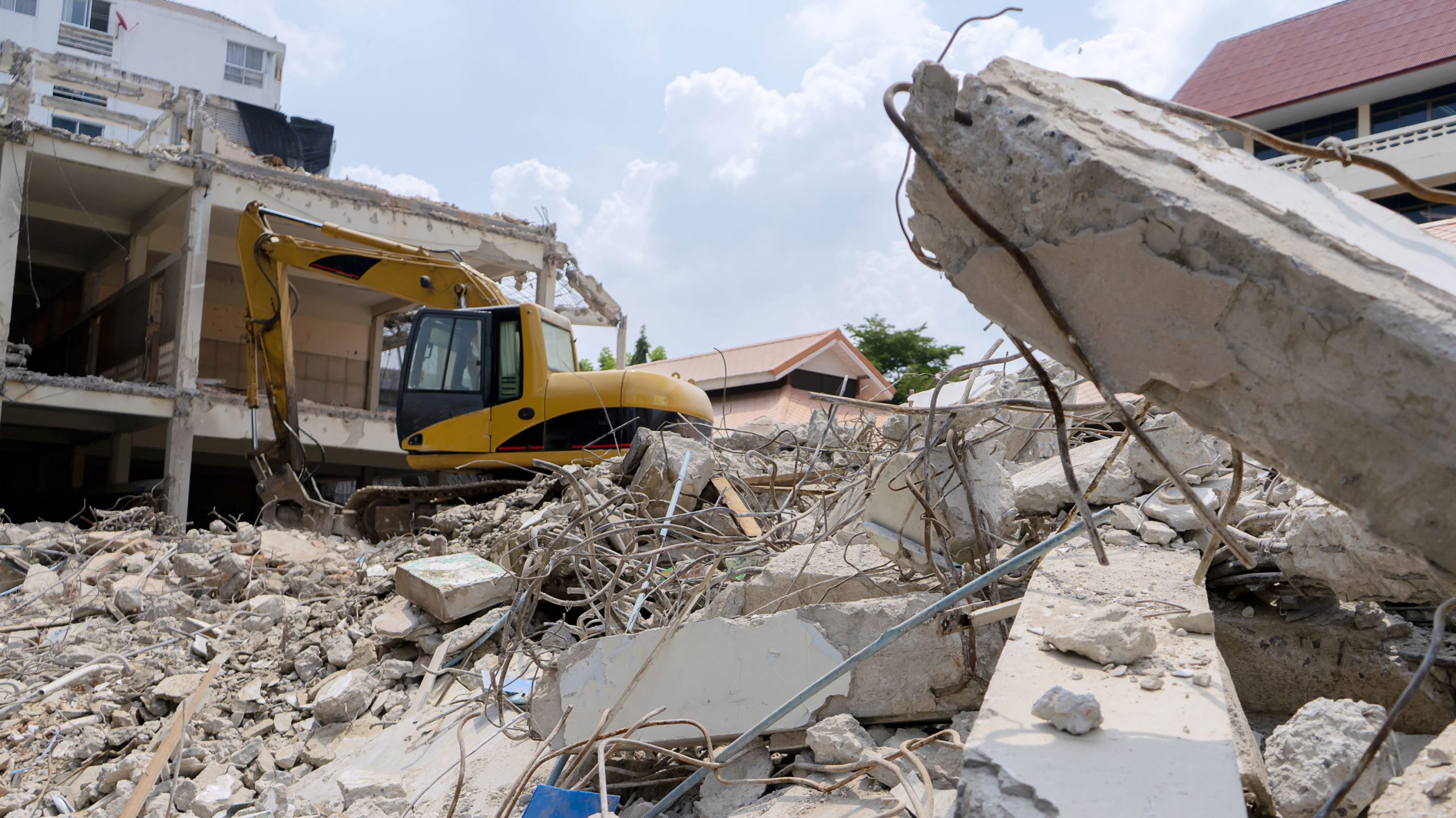
The R2 activity has been designed to build a dynamic knowledge basis for disaster risk management. The activities performed so far have been focused on identifying and prioritizing risks threatening the written heritage, arising from various types of natural disasters, as well as risks resulting from human activity. Based on the questionnaire addressed to cultural institutions conducted in the R1 and internal discussions between the members of the consortium, a draft classification of risks was developed considering: the type of event, the type of material from which the heritage object is made, the type of damage that occurs, the necessary measures before, during, and after the event, the location of the institution and the potential risk factors that this could present, and, last but not least, the available and necessary capacities fundamental for effective risk management.
The tool will be improved and implemented in the course of the project according to the need for further results and it represents the first step to developing the output R5/A2. “European collaborative cross-border response tools to manage the cultural heritage disaster emergency”. During the project, the tool will be enriched with the experiences acquired in the learning material phase production, and with the project stakeholders’ feedback, providing an implemented tool in which will be possible to find the guidelines on risk management for written cultural heritage in terms of preventive and intervention procedures.


